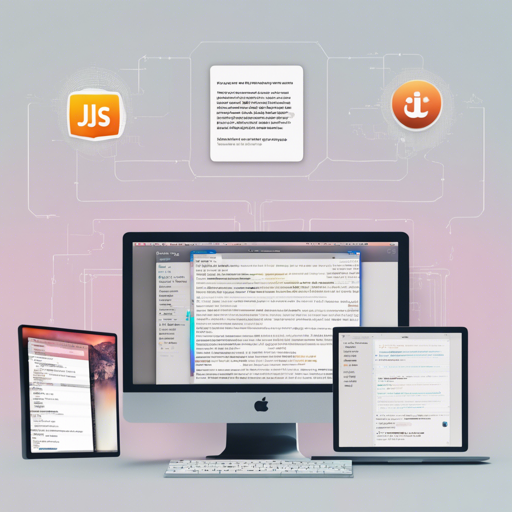Are you ready to embark on the exciting journey of building a macOS simulator? In this guide, we will walk you through the process of creating a macOS experience using just HTML, CSS, and JavaScript. Whether you’re aiming for a desktop or mobile application, we’ll cover everything you need to know!
Getting Started
Before we dive into the development process, you can take a peek at a working version of the simulator. Try it now! Check out the live demo here: macOS Simulator.
Below, you can see sample applications for both desktop and mobile environments:


New Features in Recent Versions
- [x] New background image.
- [x] Blurring the navbar (top and bottom).
- [x] New icons added to the bottom taskbar.
- [x] Menu added to the top taskbar.
- [x] Dots under the icons of open apps.
- [x] Apps’ names displayed in top navbar.
- [x] Added light theme to the project.
- [x] Right-click Menubar functionality.
- [x] Control center for brightness, sound, WiFi, and other settings.
Visual Updates
In this version, we’ve integrated new icons along with applications like Launchpad, Notepad, and Calculator. Here are some visuals demonstrating the new changes:
Launchpad
Check out the new feature updates:


Calculator App
Here’s how the updated Calculator app looks:

Note App
And let’s not forget about our Note app!

Components of the Project
Here’s a comprehensive list of components that are included in the simulator:
- [x] Navbar (top)
- [x] Dock
- [x] Clock (AM, PM)
- [x] Date
- [x] App Window
- [x] Dropdown menu on navbar
- [x] Terminal app
- [x] Note app
- [x] Notification page
- [x] Additional notes on Note app
- [x] Calculator app
- [x] Control center
- [ ] Preference app
- [x] Map app
- [ ] Siri
- [x] VSCode app
- [ ] Weather app
- [ ] Calendar app
- [x] Launchpad
- [x] Search in Launchpad
- [x] Launchpad icons vibrate
- [ ] Launchpad page change
- [x] Launchpad animation
- [ ] Draggable icon on dock
- [x] Right-click on desktop
- [x] Shortcuts for opening applications
- [x] Spotlight search
- [ ] Change desktop background
- [x] Brightness range input
Keyboard Shortcuts
Here are some handy shortcuts for improved navigation:
- Alt + t = Opening Terminal
- Alt + o = Opening Launchpad
- Alt + s = Opening search in Launchpad
Troubleshooting
If you run into any bugs or issues during your development, here are some troubleshooting tips:
- If the simulator doesn’t display correctly, check your console for any error messages.
- Ensure that all your image paths are correct; broken links can disrupt visuals.
- Test various browsers, as some features may behave differently.
For more insights, updates, or to collaborate on AI development projects, stay connected with fxis.ai.
Acknowledgements
Special thanks to @neysidev (Mehdi Neysi), @m-kashani (Mahdi Kashani), @pooria faramarzian, and @safaeean (Hossein Piri) for their support in improving this project.
At fxis.ai, we believe that such advancements are crucial for the future of AI, as they enable more comprehensive and effective solutions. Our team is continually exploring new methodologies to push the envelope in artificial intelligence, ensuring that our clients benefit from the latest technological innovations.

